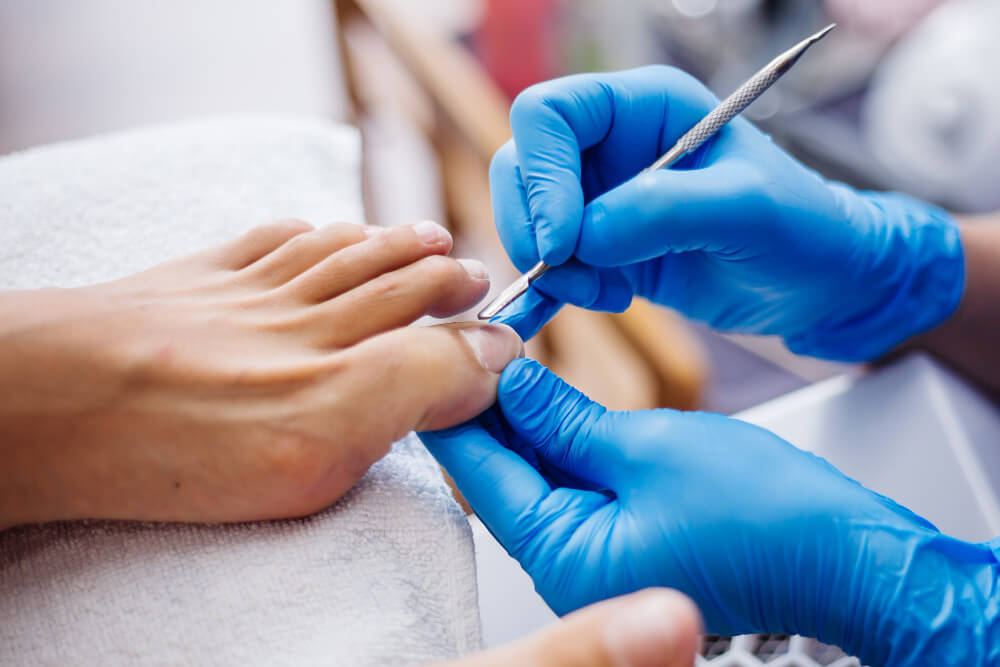Nail Surgery: A Comprehensive Guide
Nail surgery, also known as podiatric surgery, is a specialized medical procedure addressing a range of nail-related conditions. While often associated with ingrown toenails, it encompasses a broader spectrum of surgical interventions aimed at restoring foot health and comfort.

Common Nail Conditions Requiring Surgery
Several nail conditions may necessitate surgical intervention:
Ingrown Toenails An ingrown toenail occurs when the corner or side of a toenail grows into the surrounding skin, causing pain, inflammation, and potential infection.
Fungal Nail Infections Fungal infections can cause the nails to thicken, discolor, and crumble. In severe cases, surgical removal of the affected nail may be necessary.
Nail Tumors While rare, nail tumors can develop and require surgical excision.
Nail Trauma Severe injuries to the nail may necessitate surgical repair or removal.
The Nail Surgery Procedure
Nail surgery is typically performed in a podiatrist’s office or a surgical center under local anesthesia. The specific procedure depends on the underlying condition.
Partial Nail Avulsion Involves removing a portion of the affected toenail to prevent recurrent ingrown toenails.
Complete Nail Avulsion Removal of the entire toenail, often followed by phenol cauterization to prevent regrowth.
Nail Matrixectomy Destruction of the nail matrix, the tissue responsible for nail growth, to permanently prevent nail regrowth in the affected area.
Nail Reconstruction Involves creating a new nail bed using skin grafts or other techniques.
Post-Operative Care

Proper aftercare is essential for a successful outcome. Patients typically receive specific instructions on wound care, medication, and follow-up appointments.
Pain Management Over-the-counter pain relievers can help manage post-operative discomfort.
Wound Care Keeping the surgical site clean and dry is crucial to prevent infection.
Follow-Up Care Regular check-ups with the podiatrist are necessary to monitor healing and address any concerns.
Preventing Nail Problems
While nail surgery is often effective, preventing nail issues is ideal. Proper foot hygiene, wearing well-fitting shoes, and trimming toenails correctly can help reduce the risk of ingrown toenails and other nail problems.
When to See a Podiatrist
If you experience persistent nail pain, inflammation, or changes in nail appearance, it’s essential to consult a podiatrist. Early intervention can prevent complications and promote optimal foot health.
By understanding the different types of nail surgery and the importance of post-operative care, individuals can make informed decisions about their foot health and seek appropriate treatment when necessary.
